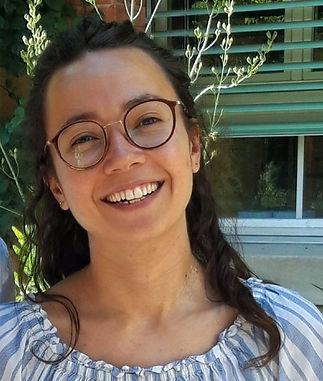
Dr. Olivia Plateau
Birds evolution, cranial kinesis, morphological and functional diversity, ontogeny
About my story and my research
Birds, the only surviving branch of the theropod dinosaurs, are one of the most species-rich vertebrate groups today, with over 11,000 species. They display an extraordinary range of sizes, colors, shapes, and ecological adaptations, occupying nearly every habitat on Earth.
I am an evolutionary biologist, and I focus on bird osteology to better understand the links between morphology, development, and ecology. While much attention has been given to beak shape and its relationship with diet, my research looks beyond the beak. Birds use both their upper and lower jaws when feeding, and the movement of the upper jaw—cranial kinesis—is made possible by a set of bones on the underside of the skull called the palatal bones.
My goal is to characterize the shape diversity of these palatal bones and investigate how their morphology relates to feeding ecology. To do this, I use X-ray microtomography (μCT) to create detailed 3D models of the bones, allowing me to compare their shapes digitally. I also collect ecological data on the birds I study—what they eat, how they use their beaks—and use statistical tools to test for correlations between bone shape and feeding strategies. If strong links exist, this helps us better understand the evolutionary pressures that have shaped cranial kinesis in birds.




